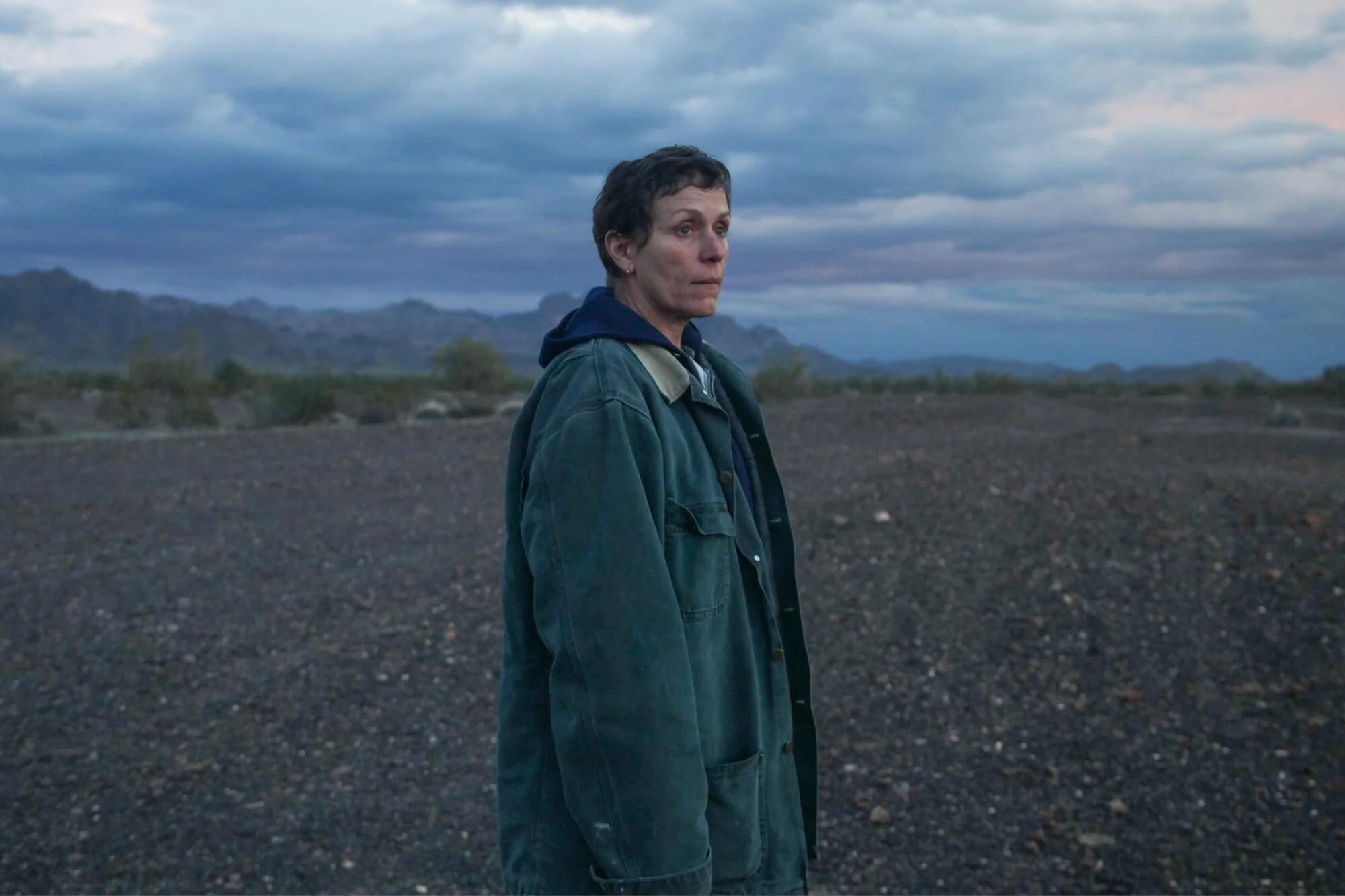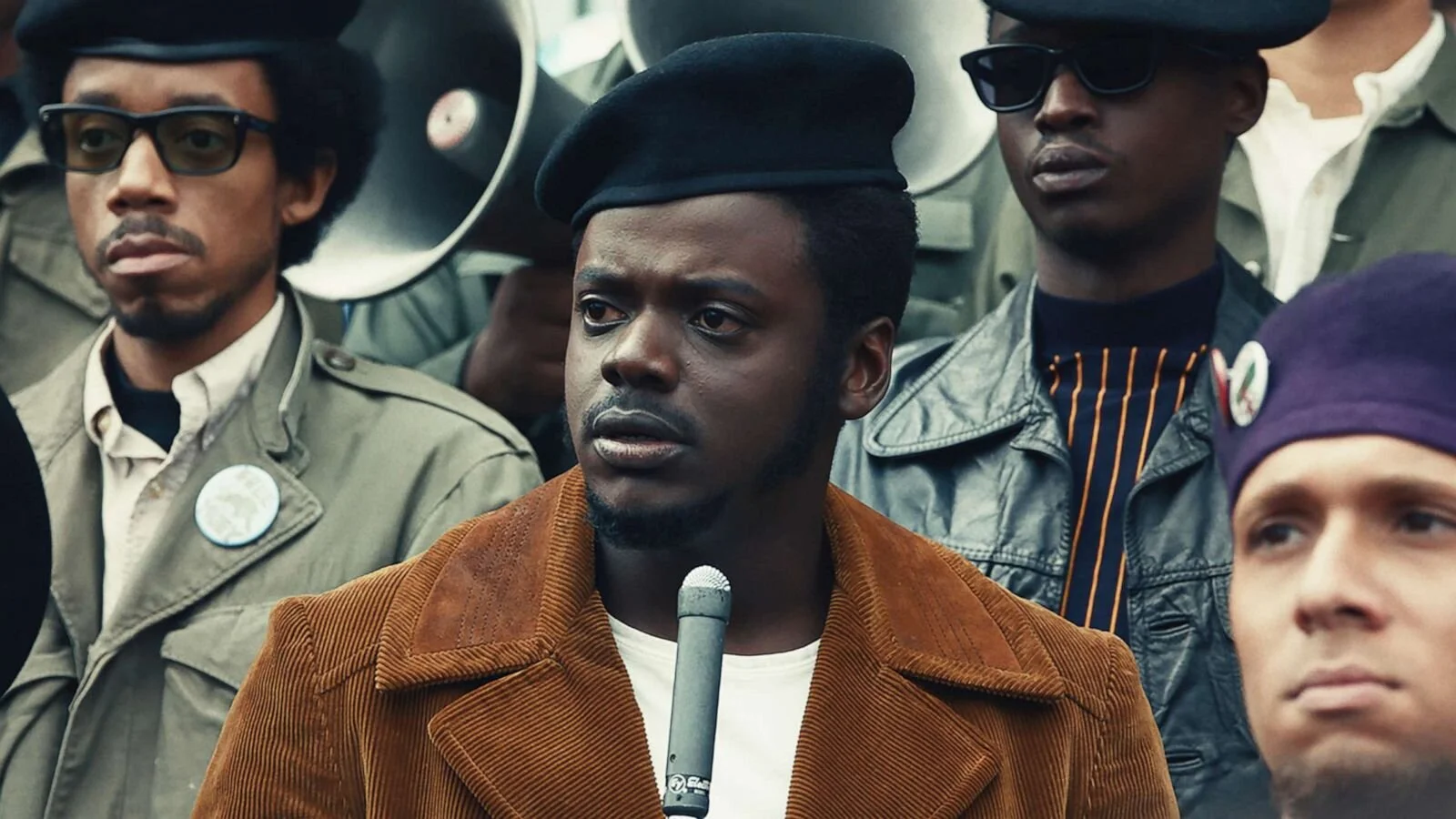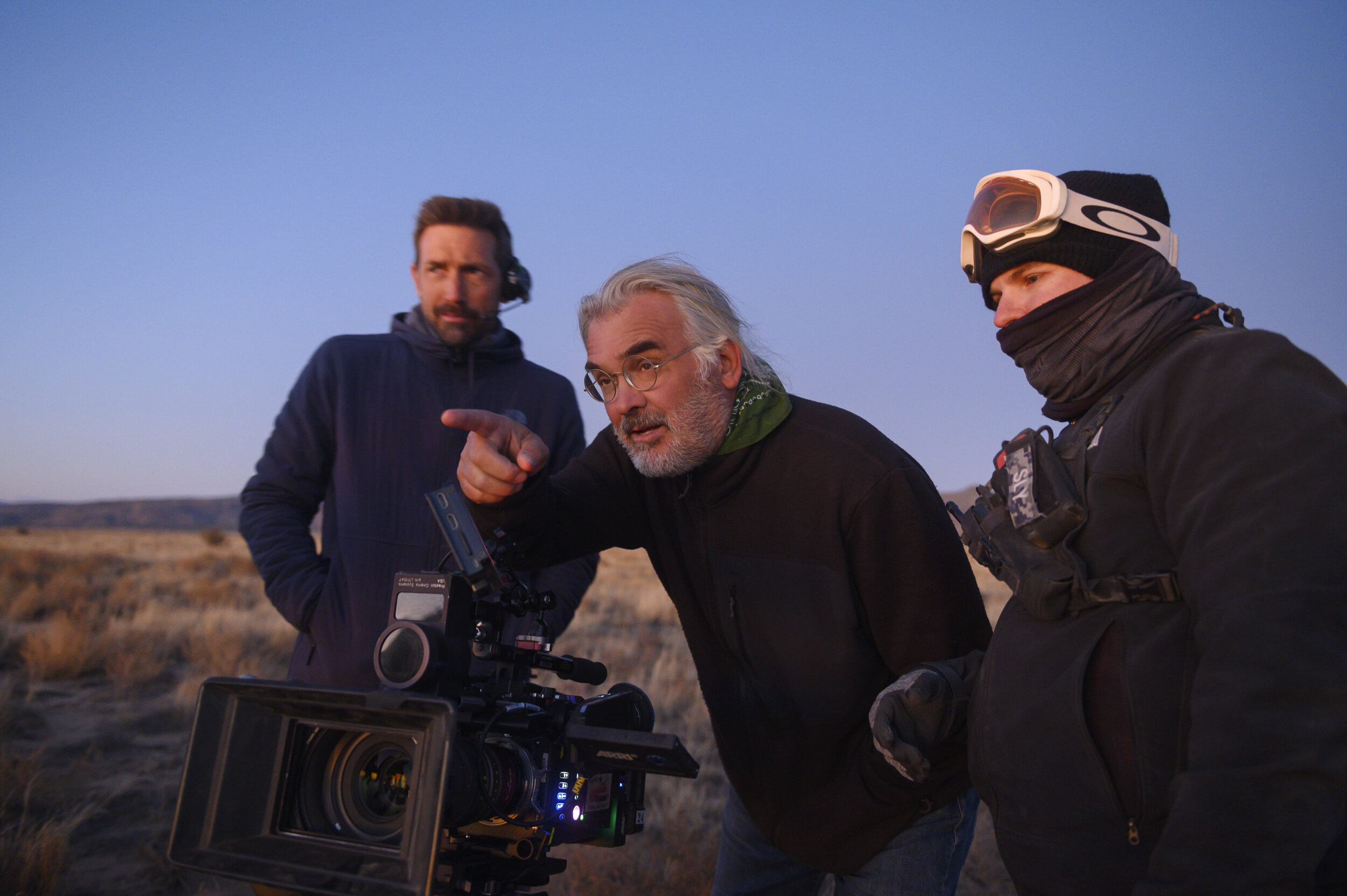Directed by: Don Hall, Carlos Lopez Estrada, Paul Briggs, and John Ripa
Written by: Qui Nguyen and Adele Lim
Starring: Kelly Marie Tran, Awkwafina, Benedict Wong, Gemma Chan, and Izaac Wang
Runtime: 95 minutes
Kelly Marie Tran and Awkwafina make a delightful and dynamic duo in ‘Raya and the Last Dragon’
“At its core, it’s an action movie.” – screenwriter Qui Nguyen, March 2, 2021
“Note to self, don’t die.” – Raya (Kelly Marie Tran)
And how...and please don’t!
In Disney’s “Raya and the Last Dragon”, Raya (Tran) – an early-20-something - and her trusty companion Tuk Tuk - a 10-foot long, pill bug/armadillo-like, four-legged friend, who best resembles an organic Fiat 500 – carry us on a dazzling animated journey. Their quest is to search for the last remaining dragon, Sisu (Awkwafina), and find pieces of an ancient Dragon Gem, one that will hopefully reunite Kumandra’s Five Clans and rid the kingdom of a hideous, faceless enemy called the Druun.
Whew, that’s a tall order, but the world’s survival is at stake in a movie that offers elements of “Avengers: Infinity War” (2018), “Avengers: Endgame” (2019), martial-arts pictures, and the Greek story of Medusa, because the Druun, a menacing race of purple brushfires, turn their victims into stone. Human beings and animals - including dragons – are not safe.
Raya does find Sisu, and since she’s made of flesh, scales, and blood, this towering, turquoise reptile is a key ally to have when purple clouds of vitriol could overrun the kingdom and beyond. Not only is Sisu a two-ton wrecking crew, but she also sports a keen sense of humor and quirky, warm vibes. Awkwafina is a perfect choice as Sisu, and both voice actor and on-screen heroine offer some genuine – physical and emotional - surprises (that will not be revealed in this review).
It isn’t a surprise that Raya’s quest takes her far and wide. She belongs to the Heart Clan and hunts for the aforementioned, magical jewels through the other four territories: Fang, Spine, Talon, and Tail. Each one offers distinct, striking visuals of desert, water, or marketplace scenery.
Although this critic watched directors Don Hall, Carlos Lopez Estrada, Paul Briggs, and John Ripa’s picture on a 43-inch television, the big-screen experience must be a wondrous cornucopia of sights and sounds of another time, another place. Speaking of which, Kumandra is the film’s fictional locale, but screenwriters Qui Nguyen and Adele Lim designated this vibrant spectacular in Southeast Asia. The Five Clans’ territories represent neighboring countries in this part of the world. Not only did the filmmakers devote meticulous efforts in capturing the region’s visuals, but the movie favorably bathes in the cultures too.
“The sense of community. The fact that there (are) so many cultures in Southeast Asia, so many nations, but there’s this feeling of togetherness between them. They all belong to this region and are very proud of it. That is very special,” Estrada said in a March 2, 2021 interview with LRM Online.
Estrada also mentions that spirituality and food play major themes that shepherd the picture. A little boy named Boun (Izaac Wang) – who also works two vocations, as a ship captain and master chef – is a spreader of good cheer through hot, tasty food. Hey, Boun makes a mean bowl of congee.
Please take note of Raya’s relationship with food and its evolution throughout the film too!
Still, Raya, Tuk Tuk, Sisu, Boun, Tong (Benedict Wong), and a few other new comrades don’t have oodles of idle time, as bona fide dangers and hand-to-hand clashes litter the path on the wide-open spaces, like 5,000 6-inch rusty spikes swarming on a ballroom dance floor. The directors, animators, and visual effects teams deliver breathtaking wide shots that drill down into personal battles that are seemingly filmed with rapid-fire, silky-smooth eye-level Steadicams.
“Raya and the Last Dragon” has just about everything in a Disney picture, including massive, sweeping moments, meaningful discourse, swashbuckling adventure, and laughs. Meanwhile, the Southeast Asian backdrop wraps us up with astonishments that keep our eyes darting to every corner of the screen and square inch in between. The time flies as Raya, Sisu, and their new team bond towards a hopeful destiny.
Kelly Marie Tran and Awkwafina make a delightful and dynamic duo, but in a broader sense, this gorgeously crafted film says a lot about friendship, family, and community. Not many action movies can claim that.
Jeff’s ranking
3.5/4 stars









































































